Introduction
Thanks for visiting the fascinating world of IoT sensors! We will explain the mystery of these little yet potent gadgets in this detailed guide. We have you covered on everything from their definition to future challenges. But hold on, what precisely are IoT sensors? These are, after all, intelligent devices that wirelessly transfer data they collect from the real world. Interesting, huh? Grab a cup of coffee or your preferred beverage, and let’s explore this fascinating area of technology.
What are IoT Sensors?
Ah, the fascinating world of IoT sensors! Let’s get started and learn more about these tiny wonders.
What exactly are IoT sensors, you ask? IoT sensors, also known as Internet of Things sensors, are tiny gadgets with the capacity to collect and transmit data from the real world. They serve as the IoT ecosystem’s eyes and ears, gathering data about the surroundings in which they are used. They act as the covert agents of the technology world, gathering vital information covertly.
Imagine a society in which common place objects can speak to one another and exchange data. It feels futuristic, yet there are fewer explosions and more modern conveniences. These sensors may gauge a variety of values, including pressure, temperature, humidity, and even motion. They continuously observe and report on the state of the things around them, sort of like the superheroes of the digital world.
Yet, there’s still more! These sensors are more than just data collectors; they have the capability of wireless communication. They have the ability to wirelessly transfer the data they gather to other hardware or platforms, making it available for analysis and decision-making. It’s as if they had a small Wi-Fi army at their disposal to spread their messaging over the huge internet.
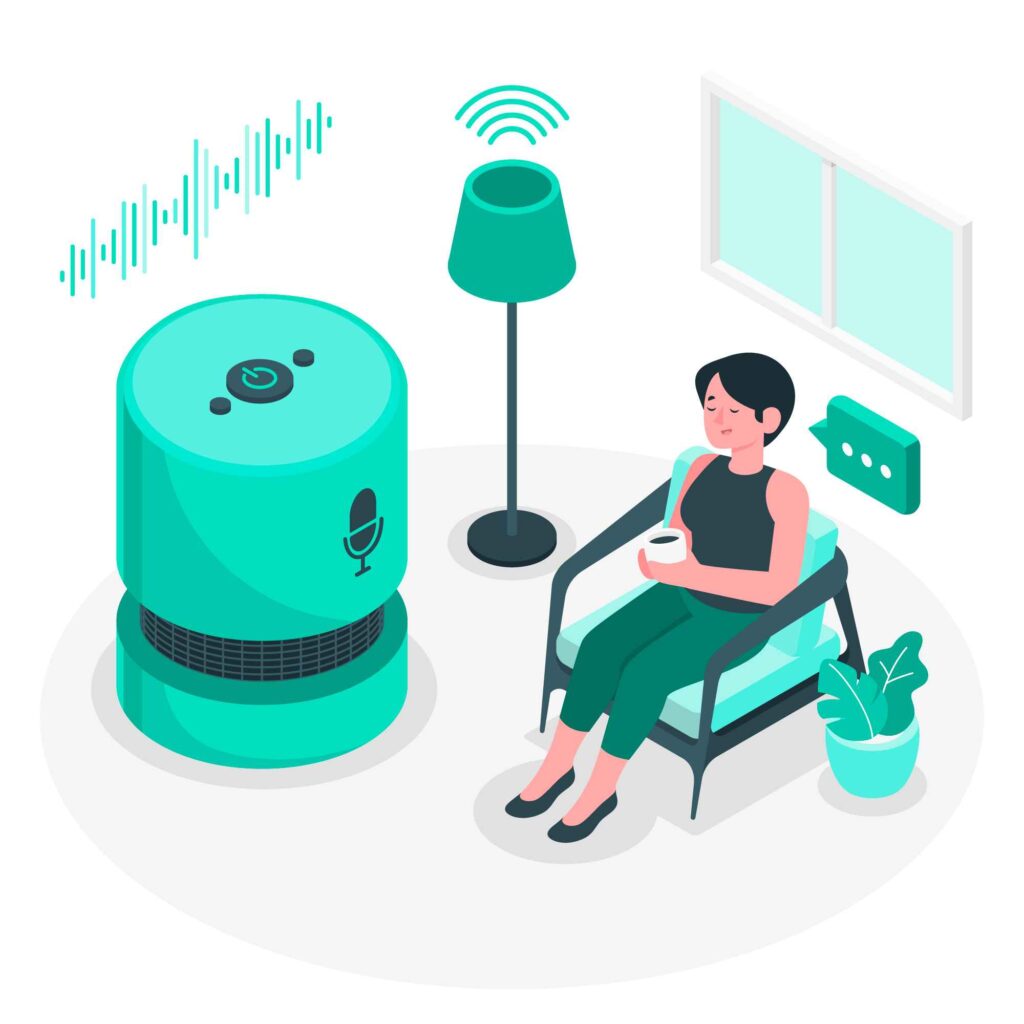
Visual representation of IoT Sensors
The nice aspect is that IoT sensors can be used in a variety of applications. From smart homes that adjust the temperature and lighting based on your preferences to industrial automation that improves efficiency and optimizes processes, to agriculture where they monitor soil conditions and irrigation needs, they are even used in healthcare to assist with remote patient monitoring. They seem to be everywhere, quietly putting forth efforts to connect and simplify our lives.
Types of IoT Sensors
IoT sensors are a beautiful invention, aren’t they? Prepare to be astounded by the diverse range of IoT sensors available. These tiny gadgets are like the unsung heroes of the Internet of Things, toiling away in the background to improve our quality of life. Let’s get started right away, okay?
Temperature Sensors
The temperature sensors come first. These cool devices have the ability to measure and keep track of temperature variations. Ideal for regulating the temperature in your house or place of business, preventing you from roasting like a marshmallow in the summer or freezing your fingers off in the winter. Who thought a little sensor could protect you from uncomfortable temperatures?
Humidity Sensors
Humidity sensors are the next item on the list. These smart, small devices gauge the air’s moisture content. Say good-bye to frizzy hair and hello to the ideal humidity level that will leave you feeling relaxed and rejuvenated. No longer will you feel like a wilted leaf or a wet sponge!
Pressure Sensors
Let’s now discuss pressure sensors. These useful sensors are widely employed in industrial and automotive applications, where they measure changes in pressure. They can measure things like tire pressure, ensuring that your travels are safe and comfortable. No more unpleasant surprises when your tire chooses to snap!
Motion Sensors
We also have motion sensors, which are undoubtedly not the least. These sensors are always on alert for movement, acting as the bodyguards of the Internet of Things. Motion sensors are used to detect intruders in your smart home security system and turn on lights when you enter a room to keep you secure and improve your quality of life. When you have motion sensors, who needs a personal butler?
That concludes our brief look into the world of IoT sensors, folks. The way we engage with technology is being revolutionized by these little, powerful gadgets. IoT sensors are here to improve the comfort and ease of our lives, whether it be by regulating temperature, humidity, pressure, or motion. Watch this space for more thrilling IoT adventures!
(Psst! Did you realize that IoT sensors can perform even more incredible feats? In the parts that follow, we’ll look at how they function and how they’re used. You won’t be overloaded with information, so don’t worry. We swear!)
How Do IoT Sensors Work?
The unsung heroes of the Internet of Things are, ah, IoT sensors. These diminutive gadgets might not be as enticing as a stylish smartphone or a cutting-edge smartwatch, but trust me, they work quietly and well. Let’s now explore the intriguing world of how these tiny miracles function, my intrepid readers.
Data Transmission and Collection
Data transmission and collection come first. IoT sensors have a variety of sensors, which they obviously use to get information about their environment. These sensors are eager beavers when it comes to capturing data, whether it be about temperature, humidity, pressure, or even motion. They must send this data to a central hub or an IoT platform after it has been gathered. What good is gathering data if you can’t share it, am I right?
Wireless Communication
Let’s discuss wireless communication now. IoT sensors do not like dirty cords and twisted wires. They prefer the freedom of going wireless, just like every other millennial out there. To send the data they have gathered, they make use of technologies like Wi-Fi, Bluetooth, or even cellular networks. Similar to passing notes in class, but much more sophisticated. Hence, there is no need to be concerned about stumbling over or becoming entangled in cables.
IoT Platform Integration
Oh, IoT platform integration. the last component of the puzzle. It’s time for the sensors to connect to an IoT platform once they have properly gathered and delivered their data. These platforms serve as the command center where the gathered data is examined, processed, and put to use in order to make wise judgments. It seems as though the platform is the genius behind everything, and the sensors are only divulging their secrets to it. Very amazing, huh?
Well, curious readers, there you have it. a sneak peak at how these cheap Internet of Things sensors function. These sensors are the unsung heroes of the IoT world in terms of data collection and transmission, wireless connection, and integration with IoT platforms. They continuously improve our lives and make our homes smarter in the background. Thank your friendly local IoT sensors the next time you walk into a room and the lights appear to switch on by themselves. Despite their diminutive size, they sure do pack a punch!
Applications of IoT Sensors
The amazing world of IoT sensors, how fascinating! Without our knowledge, these little devils have a significant impact on our daily activities. Don’t you simply love how technology can surprise you in that way? Anyway, let’s jump straight into the uses for these clever IoT sensors.
Smart Houses
Smart Houses are first on our list. Imagine yourself waking up in the morning feeling drowsy and in dire need of caffeine. However, wait! Your back is covered by your IoT sensors. They immediately change the temperature, turn on the lights, and even begin making your coffee when they sense your presence. Without the fancy clothes, it’s like having your own personal butler.
Automation
Industrial Automation is the next item on the list. Similar to the unsung heroes of the industrial industry, these sensors. They tirelessly keep an eye on the production lines to make sure everything is going as planned. They save time and money by alerting the relevant individuals if something goes wrong. It’s like having a group of highly effective robots keeping an eye on your company.
Agriculture
Let’s now discuss agriculture. You could believe that agriculture is only about lush fields and the odour of manure (ah, the memories). Yet, IoT sensors allow farmers to remotely monitor crop status, temperature, and soil moisture levels. Put an end to picking dirt up under your fingernails and slogging through muck. Farming, but with a dash of technological sophistication.
Healthcare
Not least among our concerns is healthcare. The way we take care of our bodies is being transformed by IoT sensors. These sensors, which range from wearables that gather health information to smart mattresses that adapt to your sleeping habits, aid doctors in making more precise diagnoses and offering more specialized care. It’s similar to having a personal healthcare assistant, but without the shaky handwriting.
IoT sensors are, in a nutshell, the unsung heroes of the digital era. They silently transform our Smart Homes, industrialize automation, transform agriculture, and improve healthcare. Consider giving a sensor a small nod of appreciation the next time you encounter one. They are, after all, the ones simplifying our lives, one data point at a time.
We have now completed our examination of the fascinating world of IoT sensors. Watch this space for more technological antics! Nope, there isn’t a “stay tuned” button. Thank you for reading, though! You’re now a step closer to achieving IoT expert status. My friend, keep accepting the peculiarities of technology. Cheers!
Challenges and Future of IoT Sensors
Ah, the IoT sensor world. Inanimate objects magically come to life there and begin gathering data like there’s no tomorrow. Yet, as they say, tremendous power also comes with great responsibility. And in this instance, there are some difficulties as well as a look into the future. Now let’s get started on the incredibly fascinating subject of the difficulties and prospects for IoT sensors.
Security and Privacy
The perpetual issue of security and privacy comes first. There must be some private data floating about in the digital abyss with sensors dispersed everywhere collecting data left and right. We must take precautions to prevent those sensors from disclosing sensitive information or our private information. Otherwise, we might get into some rather awkward circumstances.
Data Management
The next item is data management. These sensors sure produce a tone of data, boy! We are dealing with a constant flow of data that needs to be processed, stored, and analyzed. We’ll drown in a sea of pointless data if we don’t remain on top of it. So, effectively handling all that data is essential to getting the most out of IoT devices.
Issues of Scalability
We cannot disregard the issue of scalability. The number of internet-connected things (IoT) sensors is growing rapidly. It like an endless anthill encroaching on the digital environment. Thus, we must create systems that can manage this enormous influx of sensors without failing miserably. Nobody wants turmoil, so avoid it at all costs.
Edge Computing
Not least among these topics is the fascinating area of edge computing. No, it’s not a new fancy game or a dance move. Instead of transferring data all the way to a central server, this idea enables processing and analysis to take place immediately at the source. This expedites processes, lessens network traffic, and makes it simpler to manage the massive amount of data that IoT sensors produce. Each sensor functions like a tiny superhero, enhancing speed and efficiency.
Overall, the difficulties and prospects for IoT sensors are undoubtedly fascinating. As the number of sensors increases, we must assure scalability, handle security and privacy concerns, embrace the power of edge computing, and manage the mountains of data effectively. The adventure has only just begun in this wonderful world, my friend. So fasten your seatbelts and prepare for a crazy voyage into the future!
Conclusion
Therefore, our exciting journey into the world of IoT sensors has come to a conclusion. Before saying goodbye, let’s quickly review the most important ideas.
We began by defining IoT sensors, which are precisely devices that gather data from the physical environment and send it to other systems or devices. The many categories of IoT sensors, such as temperature, humidity, pressure, and motion sensors, were then covered in detail. These sensors are the IoT equivalent of super heroes, each with special abilities.
We then looked at how IoT sensors function. We gained knowledge about data gathering and transmission techniques, wireless communication *****, and the significance of IoT platform integration. A wonderful ballet of information is taking place in the background.
We now took a quick look at some of the innovative uses for IoT sensors. IoT sensors are revolutionizing a wide range of industries, from manufacturing to smart homes that make our lives easier, to improvements in agriculture and healthcare.
But there are obstacles in the way of IoT sensor paradise, as there always are with good things. We discussed the issues of security and privacy, data management’s complexity, the necessity for scalability, and the expanding role of edge computing. Folks, life is not all unicorns and rainbows.
We have now reached the conclusion of our quest. We really hope you have enjoyed reading this in-depth overview of the IoT sensor industry. Keep in mind that these tiny sensors are the unsung heroes of the Internet of Things revolution, quietly gathering data and improving our quality of life. So the next time you see a sensor, nod at it and thank it for contributing to a better world. Be enquisitive, my friends.
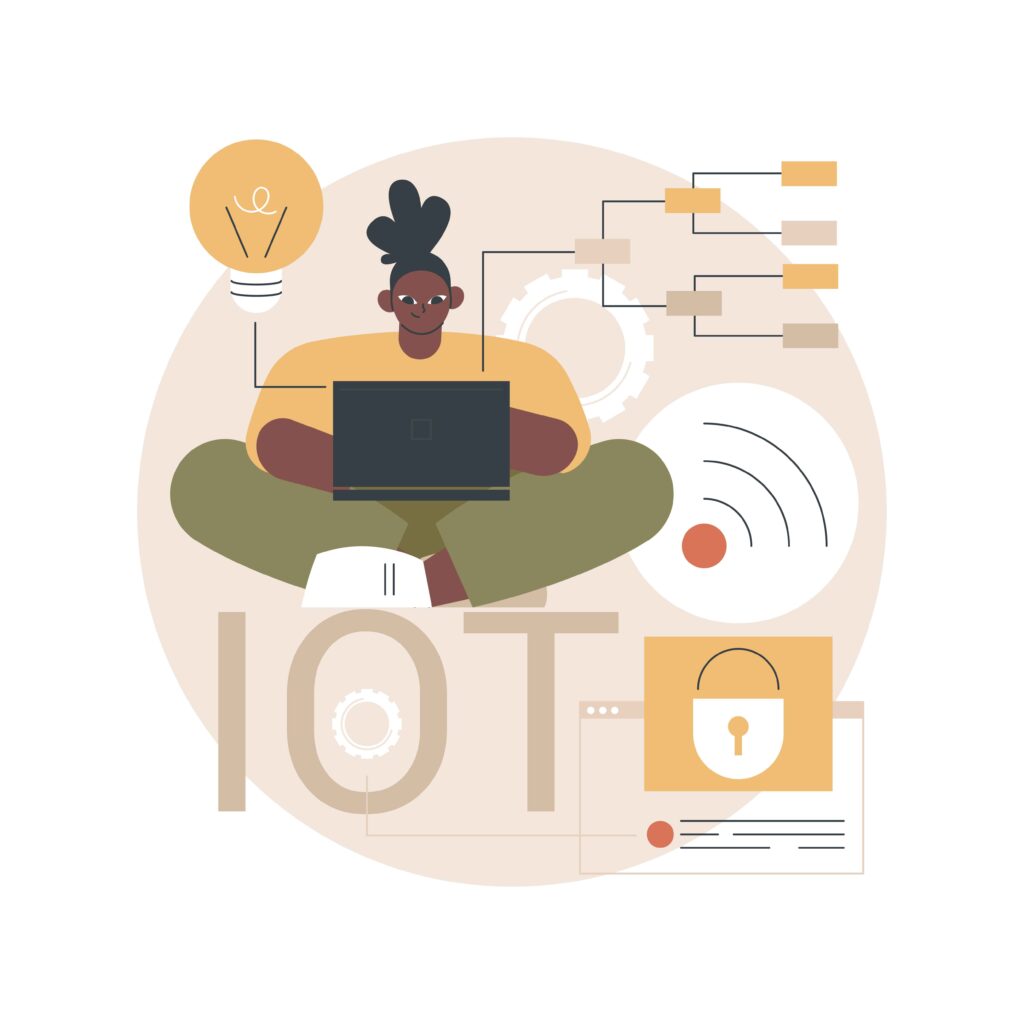
Visual Representation of Internet of Things
FAQs
IoT sensors are used for a variety of purposes across a range of industries, such as:
Thermostat, lighting, and security system control in smart homes.
Remote patient monitoring and tracking of medical equipment are both related to healthcare.
Process optimization, asset tracking, and predictive maintenance are all examples of industrial IoT.
Pollution, air quality, and weather forecasts are all monitored by the environment.
Monitoring of the health of crops, livestock, and soil moisture in agriculture.
Management of garbage, infrastructure monitoring, and traffic flow are all examples of smart city initiatives.
IoT sensors can be fueled in a variety of ways, such as:
Battery: Suitable for low-power devices, some sensors employ changeable or rechargeable batteries.
Solar Power: Sensors placed outside may be powered continuously by solar panels.
Energy harvesting: Energy can be produced by converting kinetic, thermal, or electromagnetic energy from the environment.
Wired: Cables can be used to link sensors that are close to a power source.
IoT sensors act as points of data collection, gathering data in real-time from the outside environment. After that, this data is sent to central servers or cloud computing platforms for archiving and analysis. These data’s insights can help to improve procedures and make better decisions.
Several communication protocols, including Wi-Fi, Bluetooth, Zigbee, LoRaWAN, cellular networks (2G/3G/4G/5G), and even satellite communication, can be used to communicate sensor data. The protocol to use relies on variables including deployment environment, data rate, range, and power consumption.
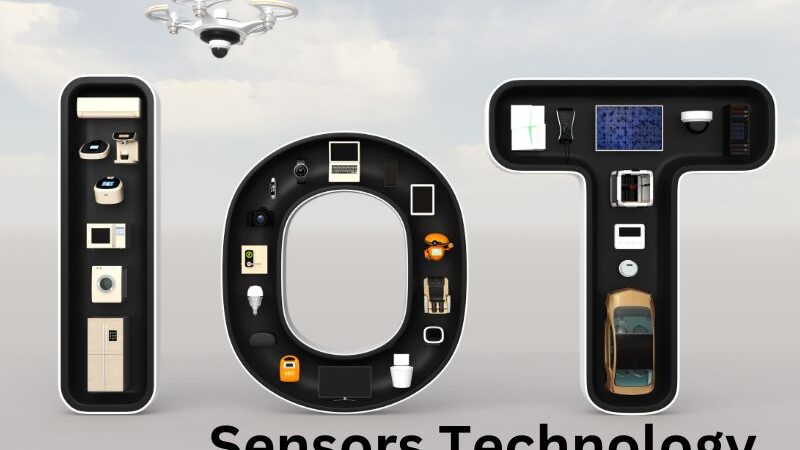
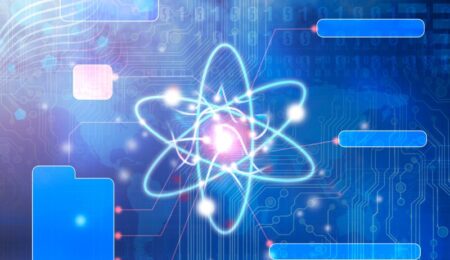
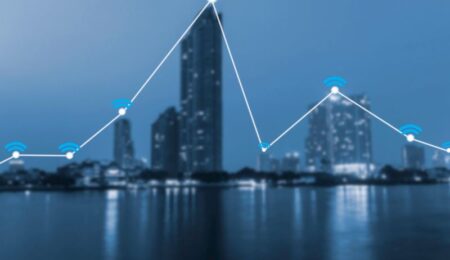
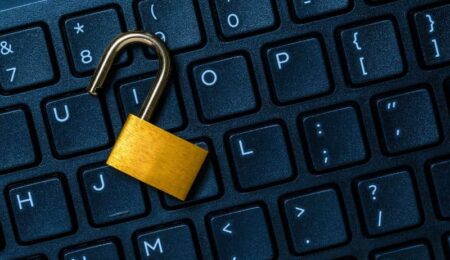
Leave a Reply